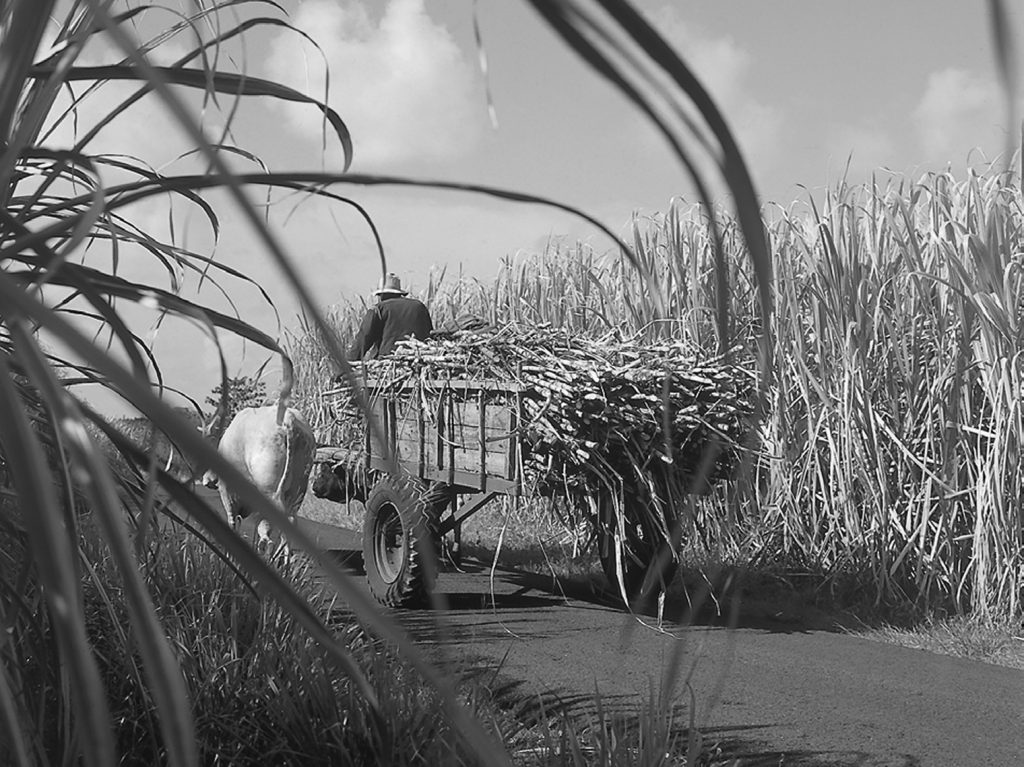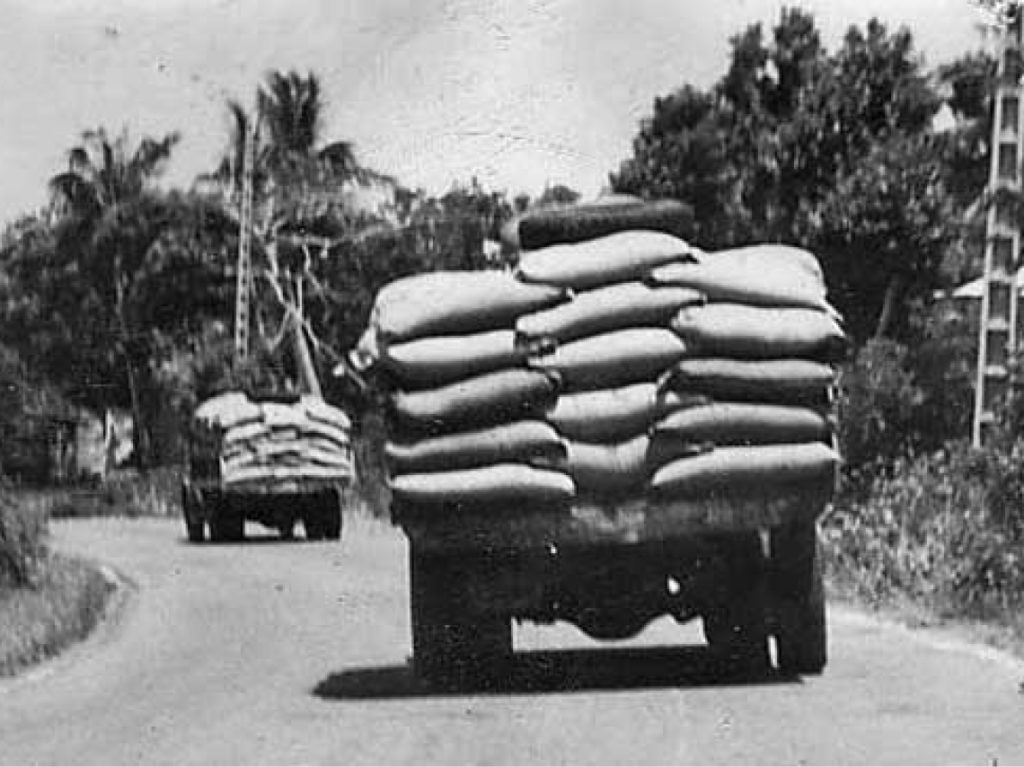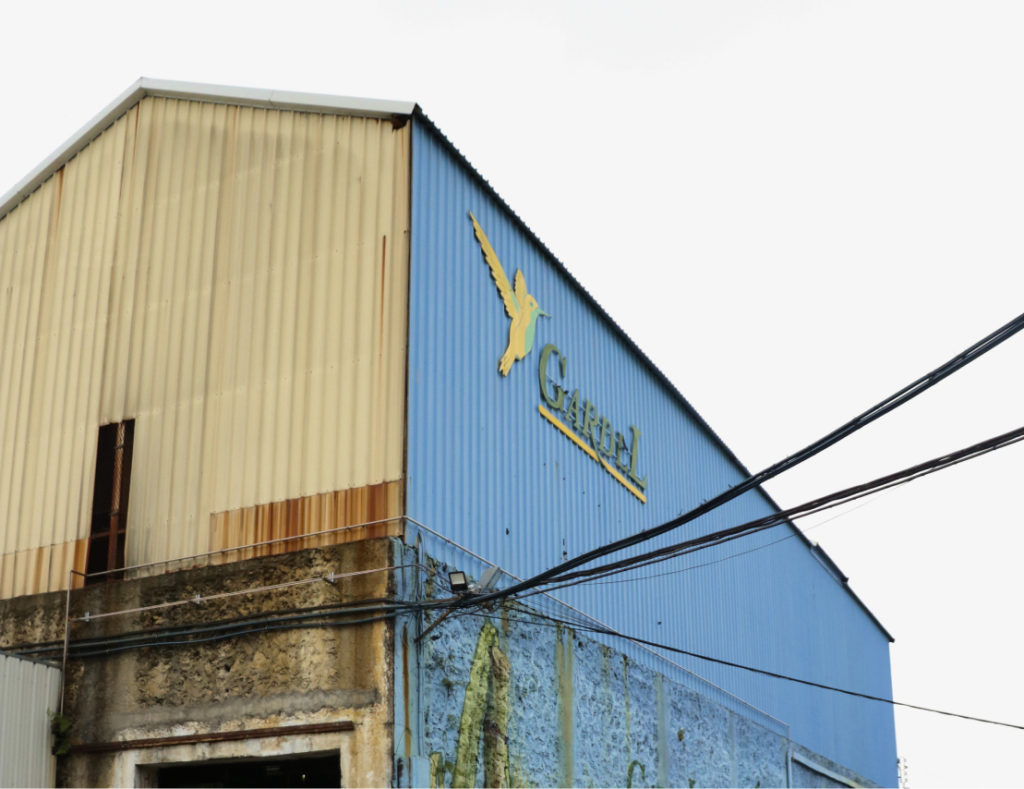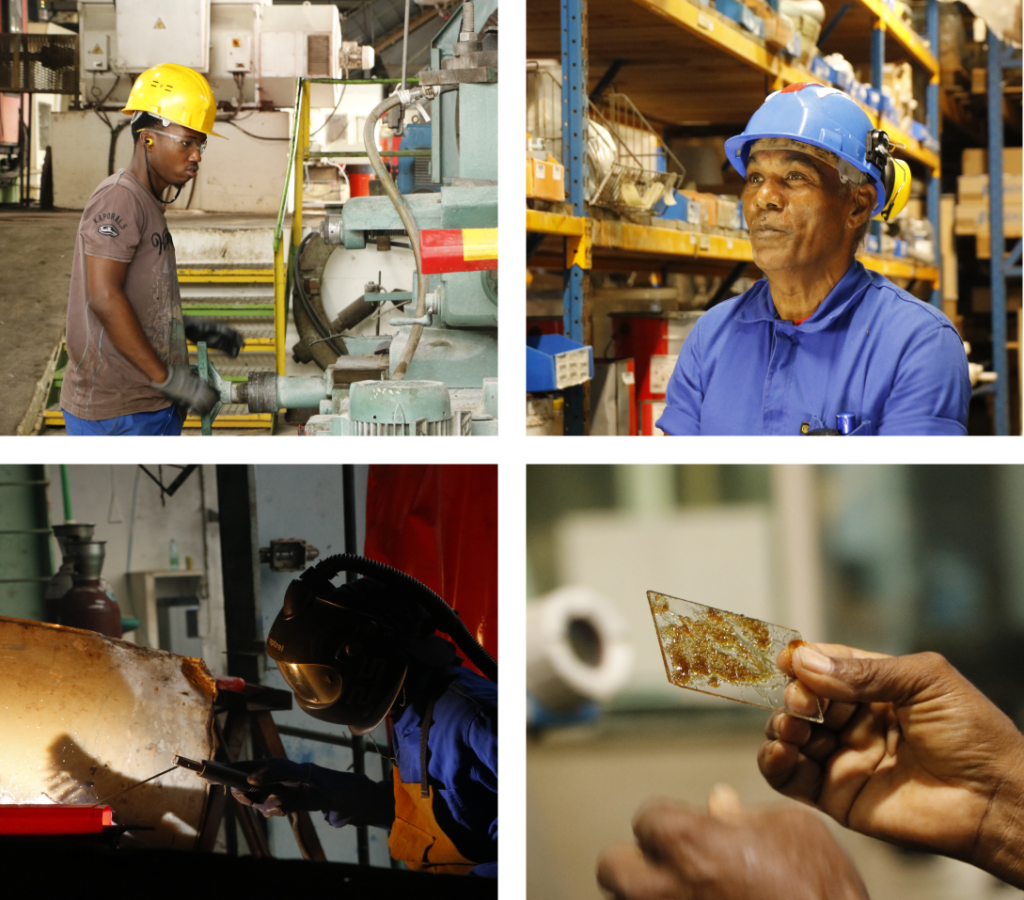The first traces of the presence of a sugar dwelling on the present-day site of GARDEL date back to at least 1768 . It was not until 1870 that a factory appeared and carried out its first sugar campaign under the name of “Lagardelle”. The name GARDEL was to appear definitively at the end of the century. GARDEL is a story of passionate people who believe in the industry, in sugar and in Guadeloupe. This visionary spirit and determination continue to guide our activities today.









In 1991, cane production dropped to 630,000 tonnes, the minimum needed to run two mills.
In 1994, production fell further to 458,000 tonnes,
jeopardizing the sector’s profitability.
Faced with this situation, a strategic choice had to be made: to ensure the future of the industry, one factory had to close, and that would be Grosse Montagne. Thus, in 1995, Gardel became the last and only sugar factory on mainland Guadeloupe.

Today, GARDEL continues to be a pillar of the Guadeloupe sugarcane industry. The factory directly and indirectly provides a livelihood for over 8,000 people.
As part of a modernization process, the company continues to invest to ensure the long-term future of the industry and meet the challenges of tomorrow.